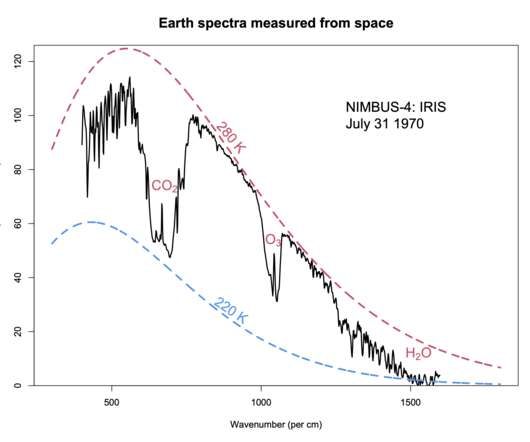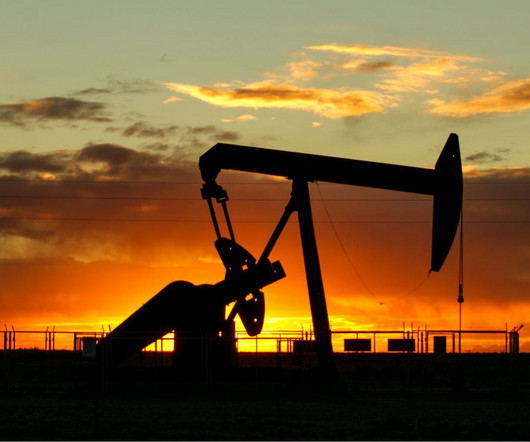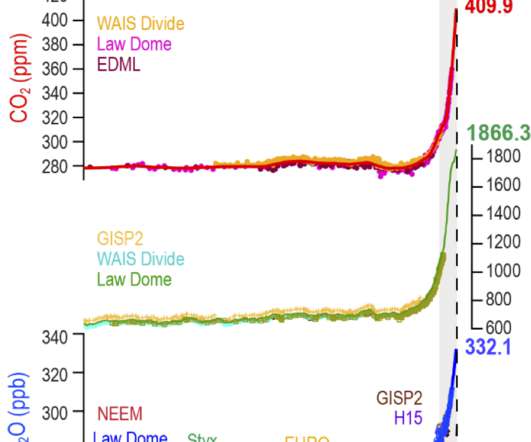First Arrest of a Greenhouse Gas Smuggler Made in U.S.
Scientific American
MARCH 6, 2024
A California resident faces charges under a 2020 law that seeks to curb powerful planet-warming and ozone-depleting hydrofluorocarbons

Scientific American
MARCH 6, 2024
A California resident faces charges under a 2020 law that seeks to curb powerful planet-warming and ozone-depleting hydrofluorocarbons

Greenbuilding Law
AUGUST 7, 2022
As governments enact mandatory greenhouse gas emission laws and as businesses voluntarily make “net zero” pledges, we are increasingly working with organizations, first to understand and calculate their GHG emissions, then to implement strategies for efficacious yet frictionless reductions. Organic waste sent to landfills emits CH4.
This site is protected by reCAPTCHA and the Google Privacy Policy and Terms of Service apply.

Real Climate
JULY 10, 2022
Step 1: There is a natural greenhouse effect. Thus there must be a large amount of IR absorbed by the atmosphere (around 158 W/m 2 ) – a number that would be zero in the absence of any greenhouse substances. Step 2: Trace gases contribute to the natural greenhouse effect. The Earth’s Energy Budget (NASA).

Union of Concerned Scientists
DECEMBER 10, 2023
Global net anthropogenic greenhouse gas emissions 1990–2019. Global net anthropogenic greenhouse gas emissions include carbon dioxide from fossil fuel combustion and industrial processes, net carbon dioxide from land use, land use change and forestry, methane, nitrous oxide, and fluorinated gases. trillion or 6.8%

Legal Planet
AUGUST 22, 2023
States and local air quality regulators have the legal authority to set particulate matter (PM), ozone, and nitrogen oxides (NOx) emissions standards and adopt regulations for these pollutants when they are already in attainment of the national ambient air quality standards ( NAAQS ) set by the U.S.

Real Climate
SEPTEMBER 19, 2021
So this is an attempt to put all of that in context and provide a hopefully comprehensive guide to how, when, and why to properly compare the two greenhouse gases. In 2020, CO 2 was at ~410 parts per million, while CH 4 was around 1870 parts per <it>billion</it> (or 1.87 Historical comparisons.

Breezometer
OCTOBER 31, 2021
In the presence of heat and sunlight, chemical emissions from cars and factories react to form ozone (learn more here )., As average temperatures rise, ozone levels accelerate. Ozone is particularly dangerous to children since their lungs are still developing and they often spend more time outdoors than adults. Pregnant Women.
Let's personalize your content